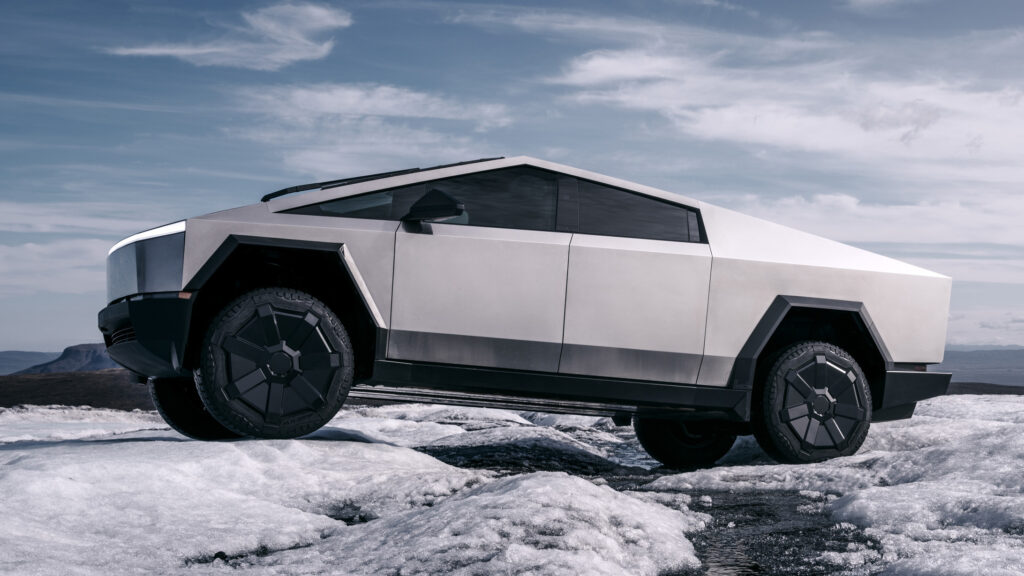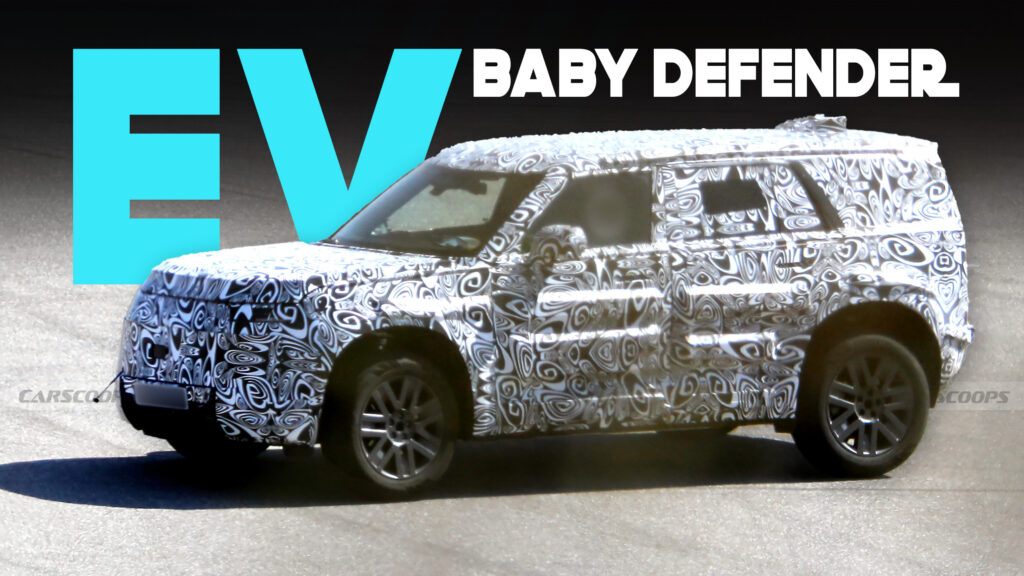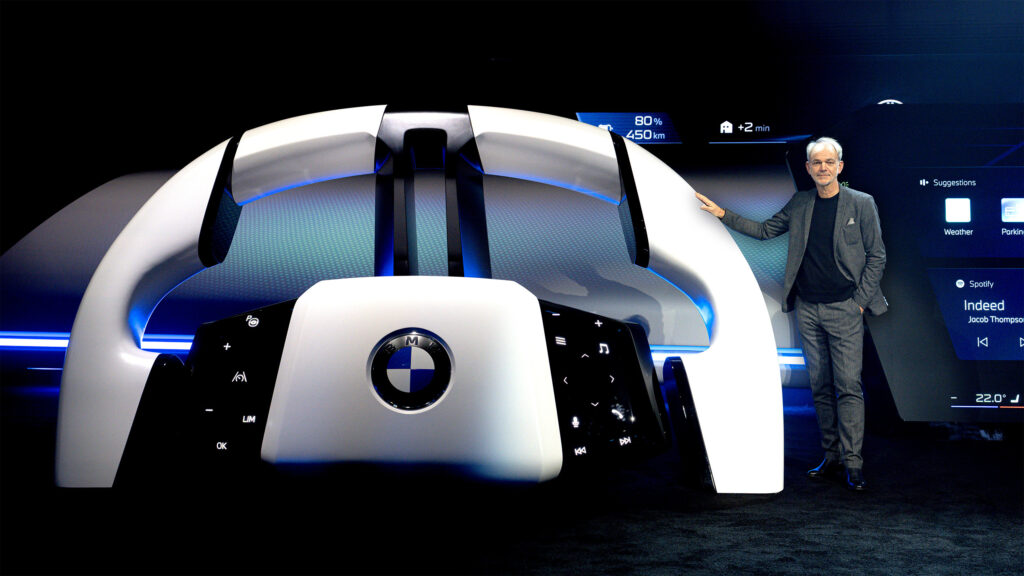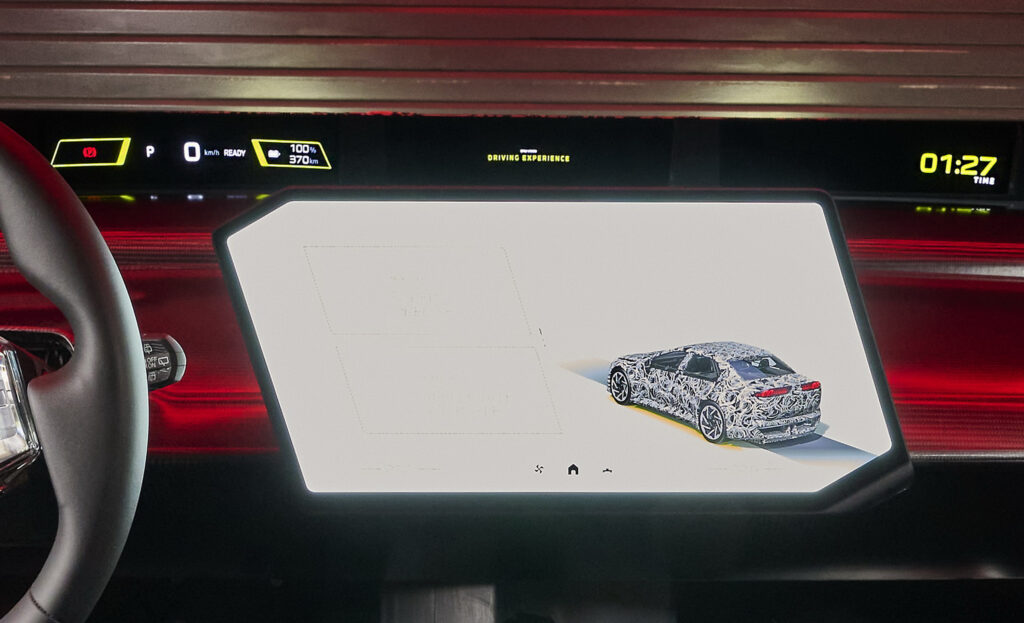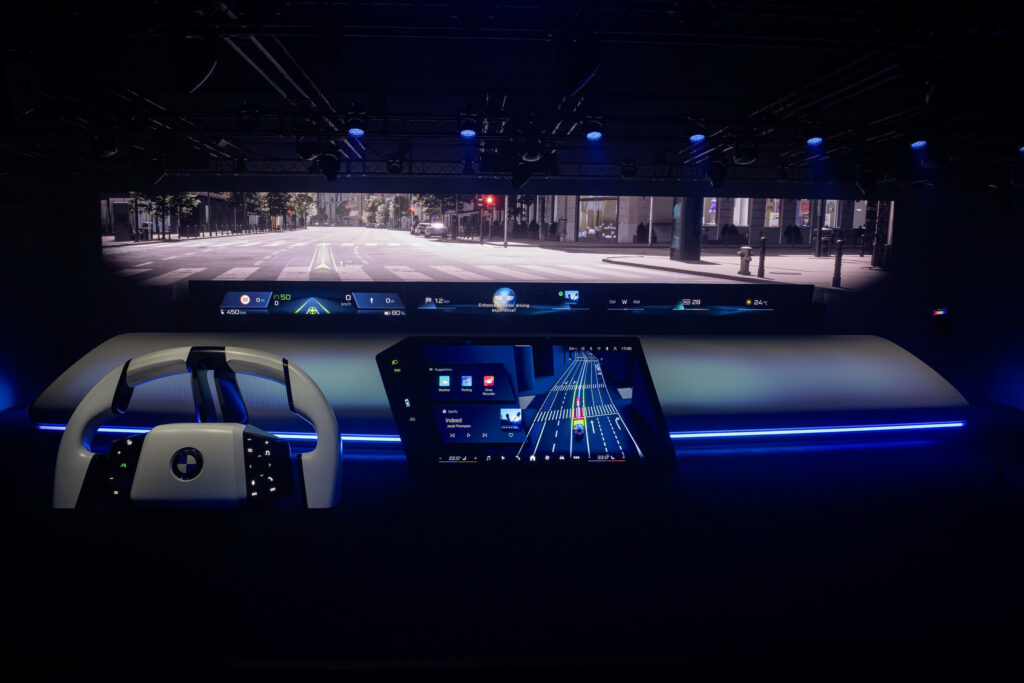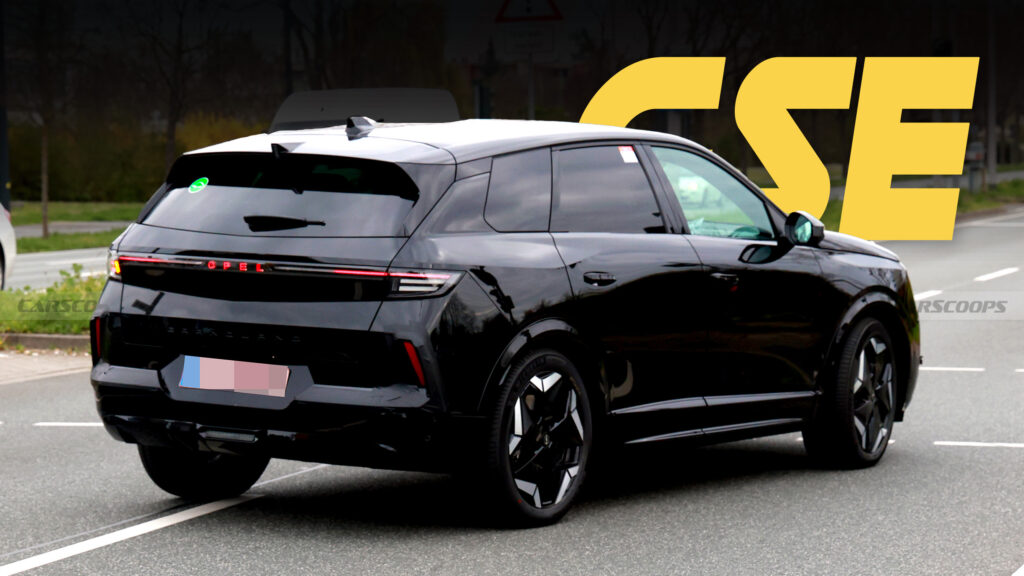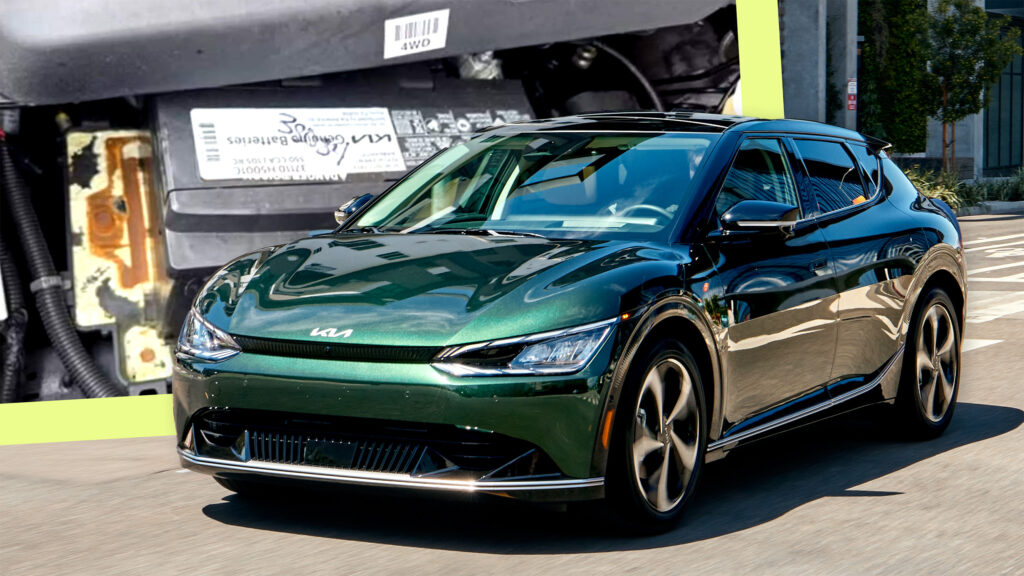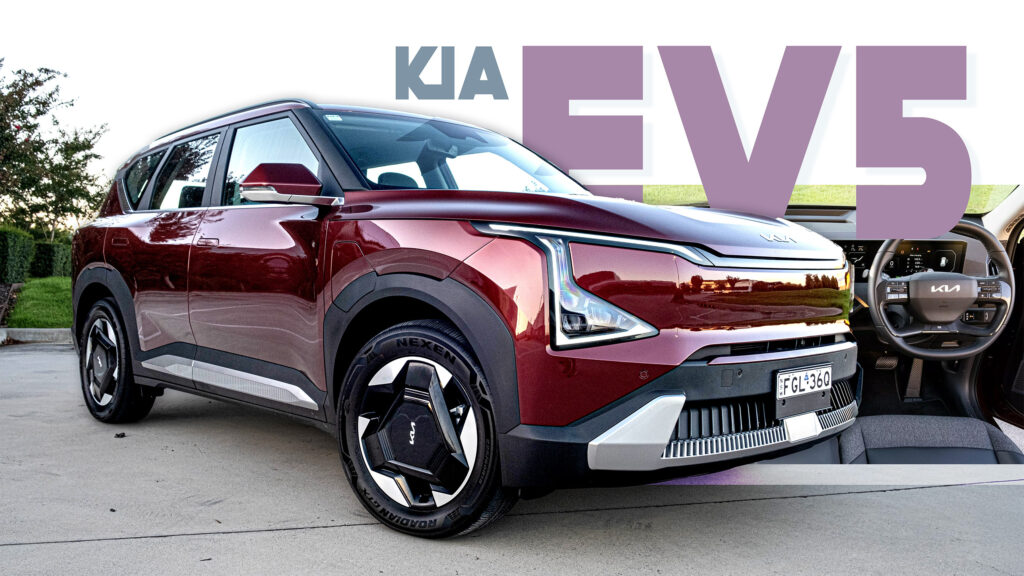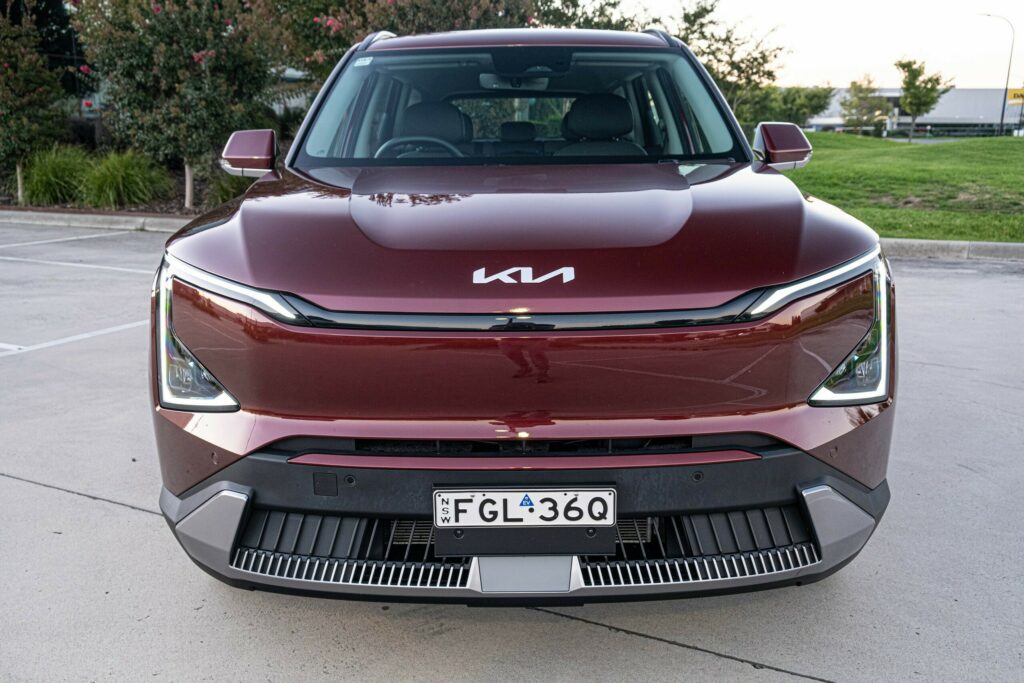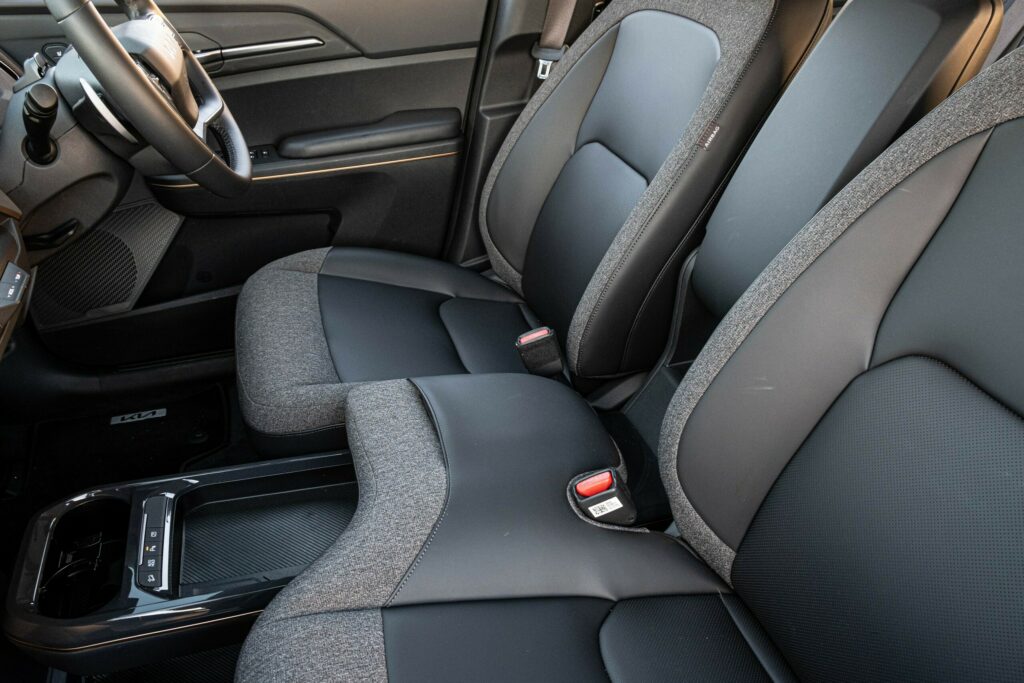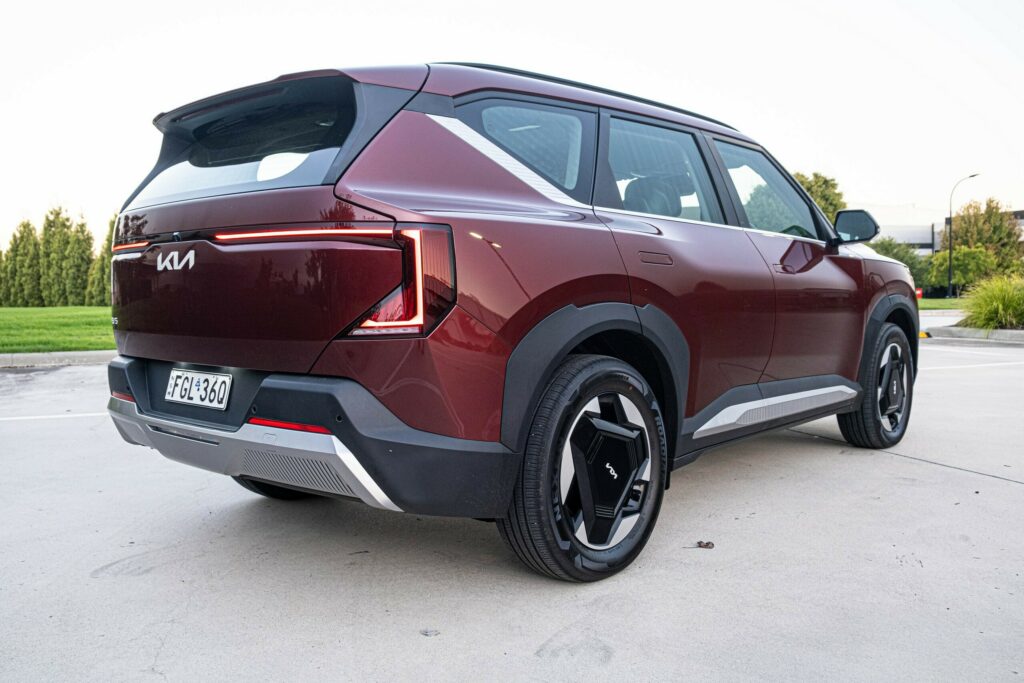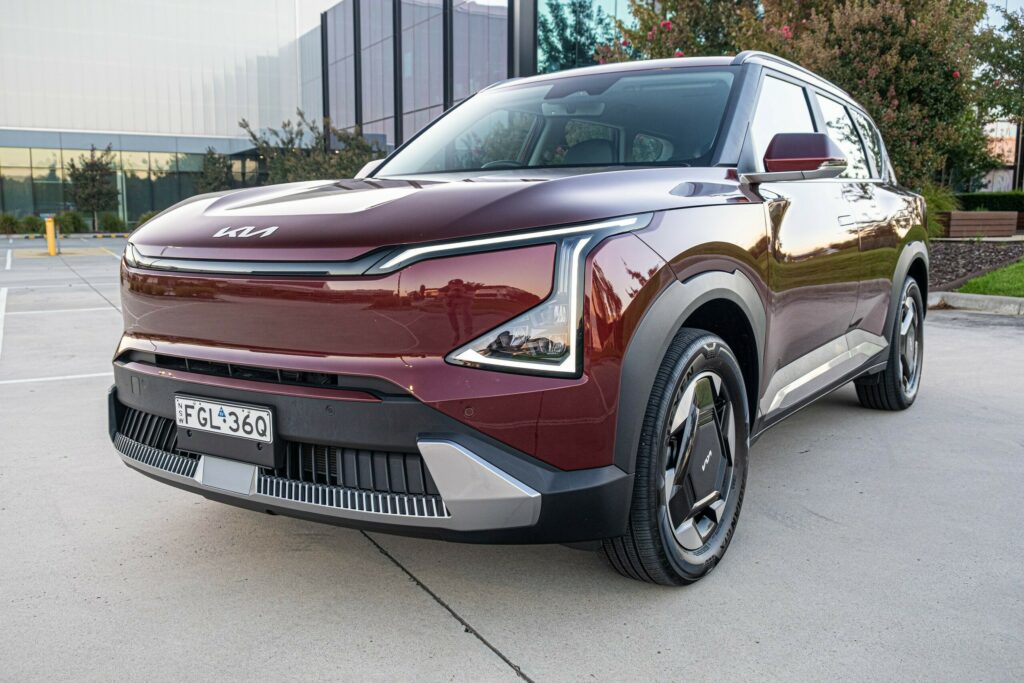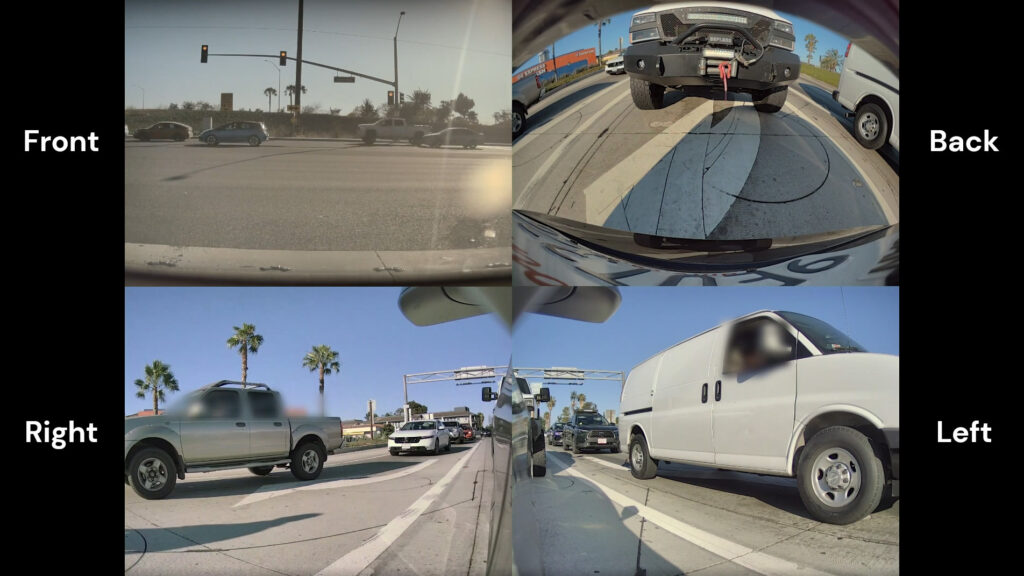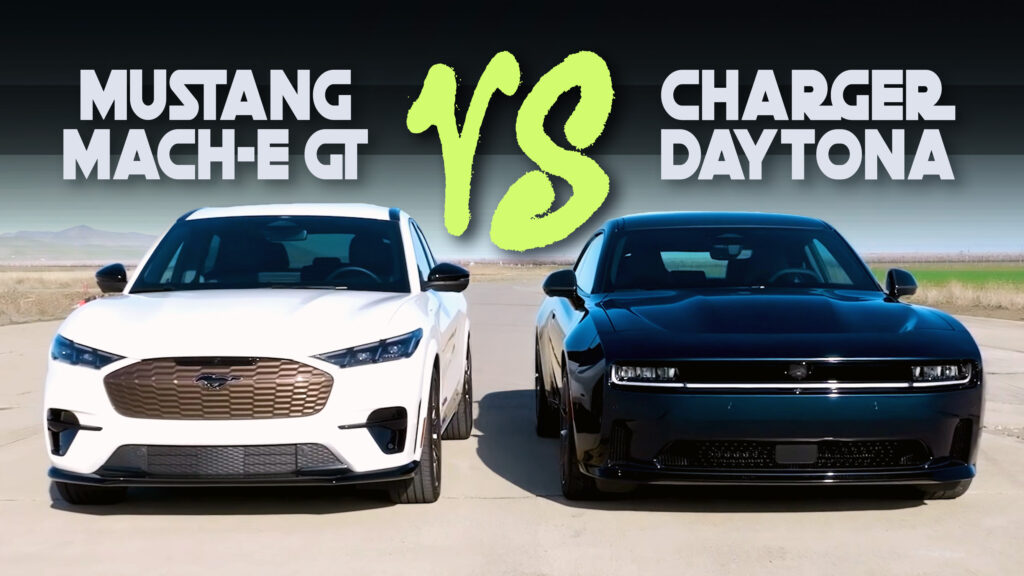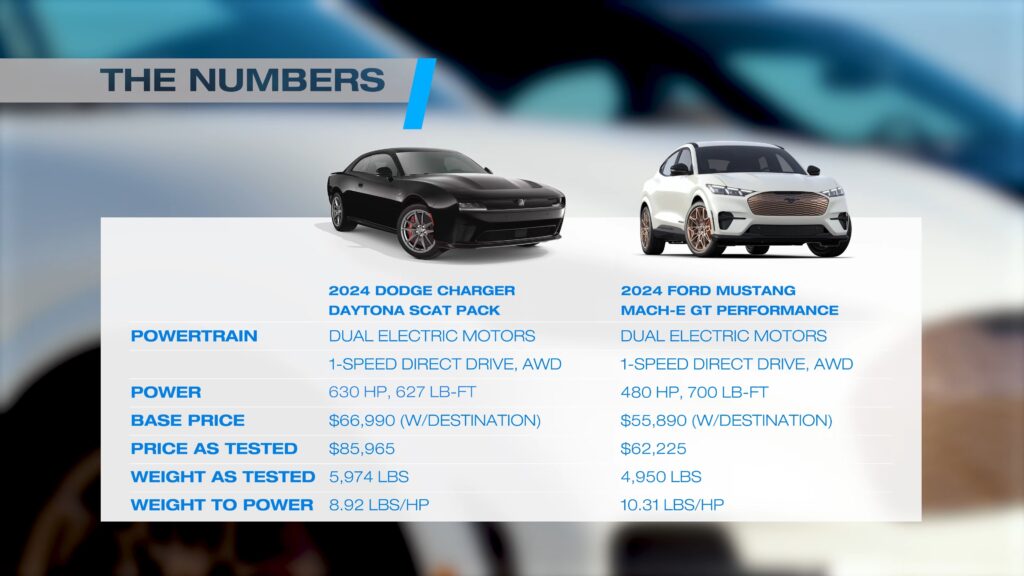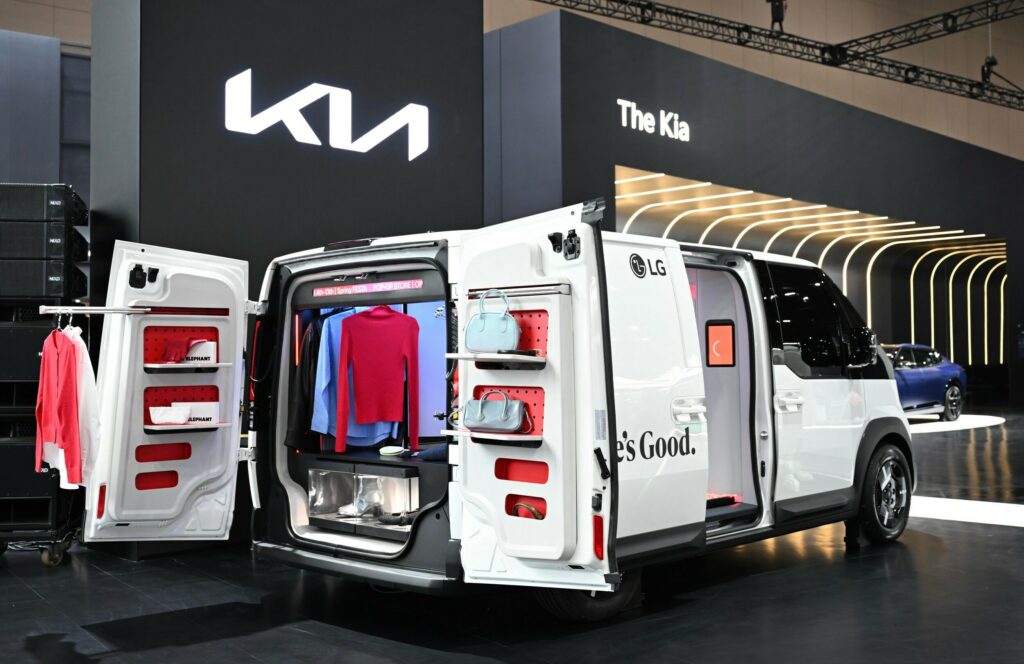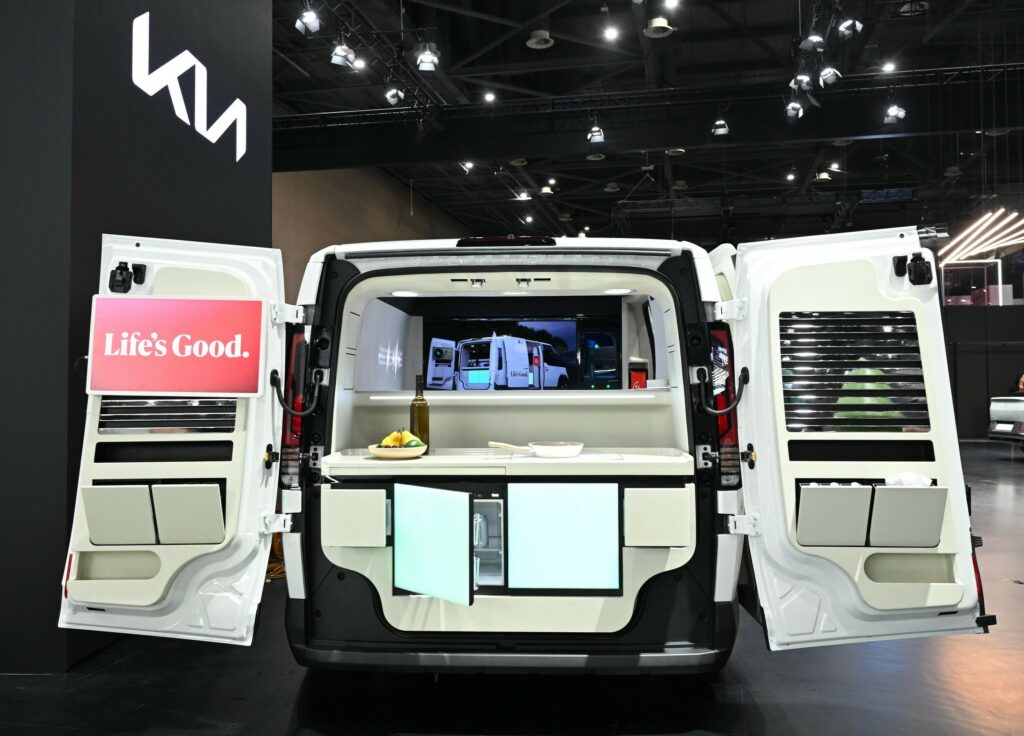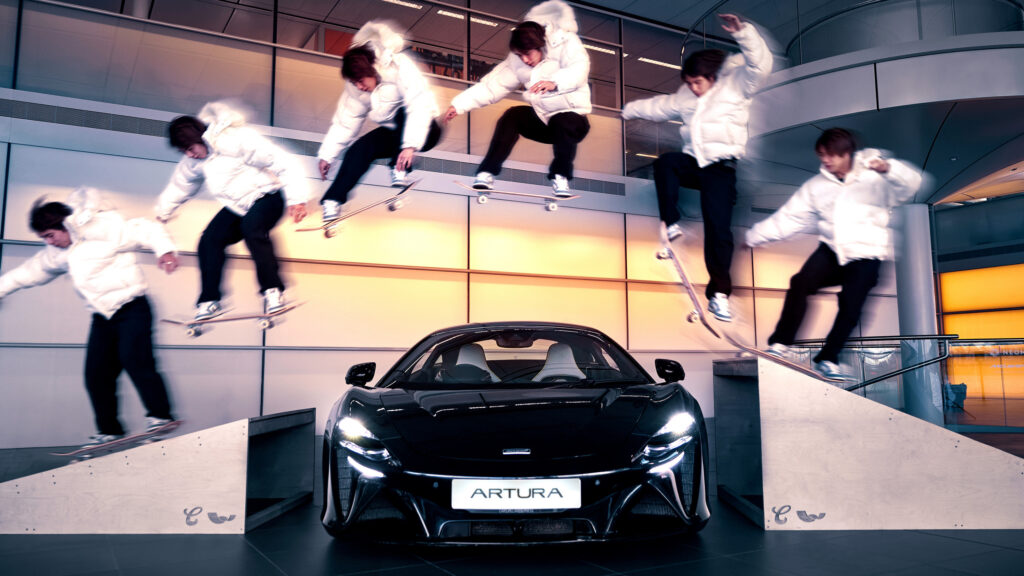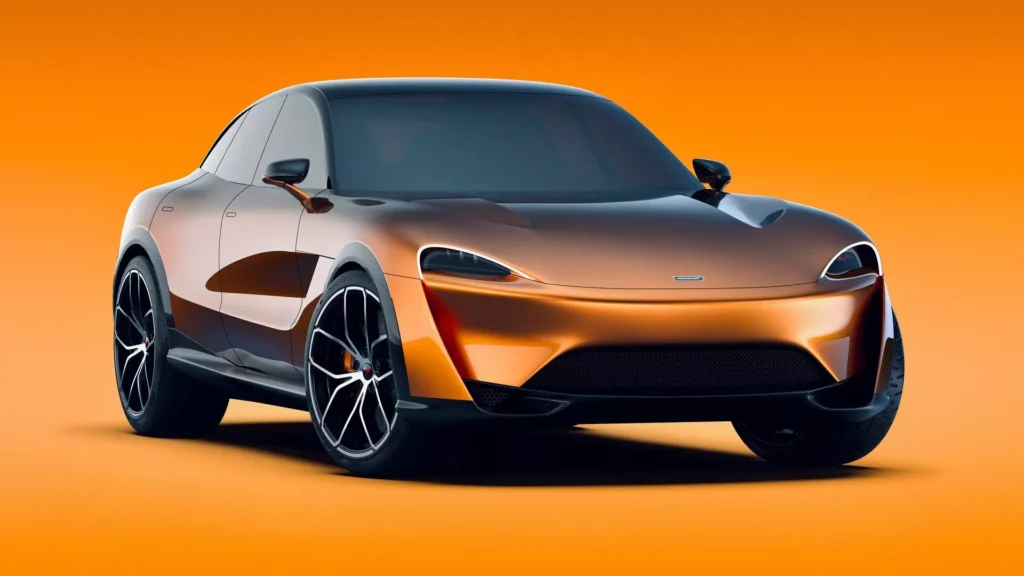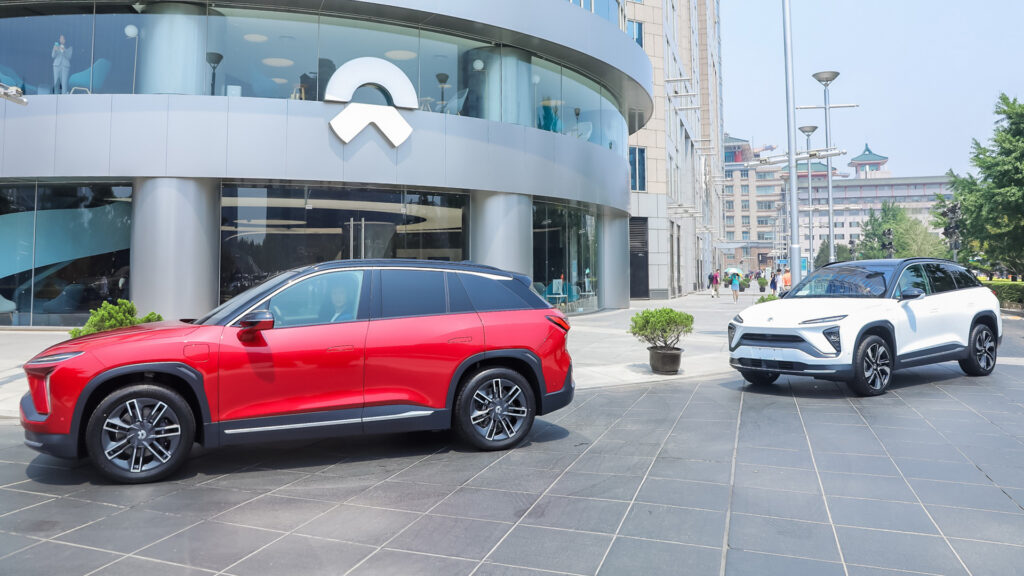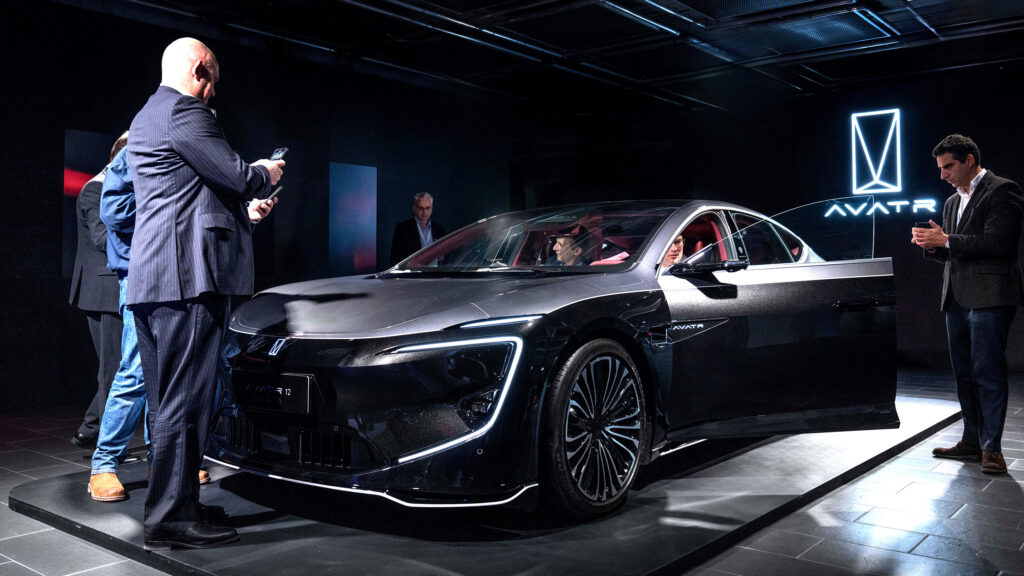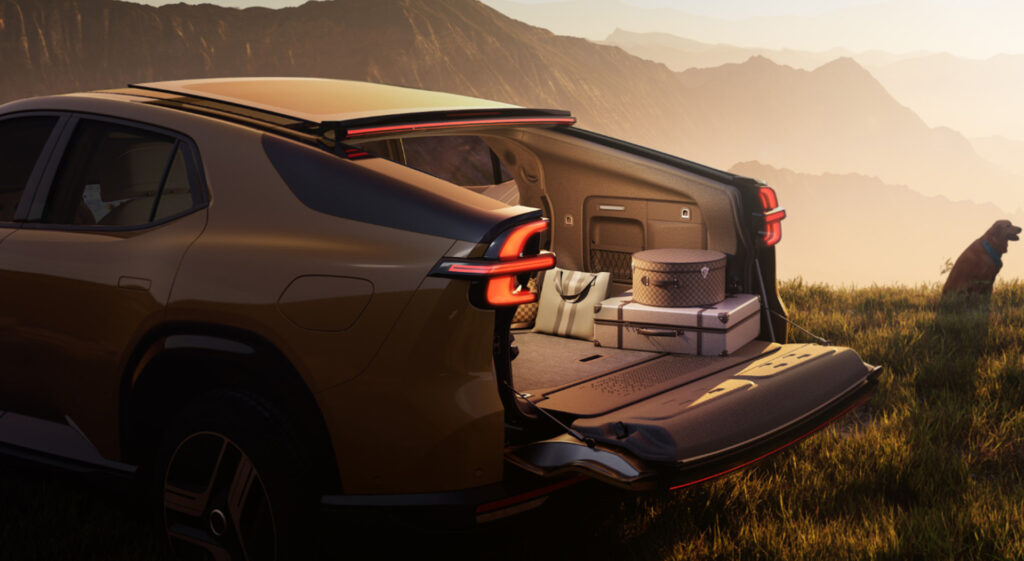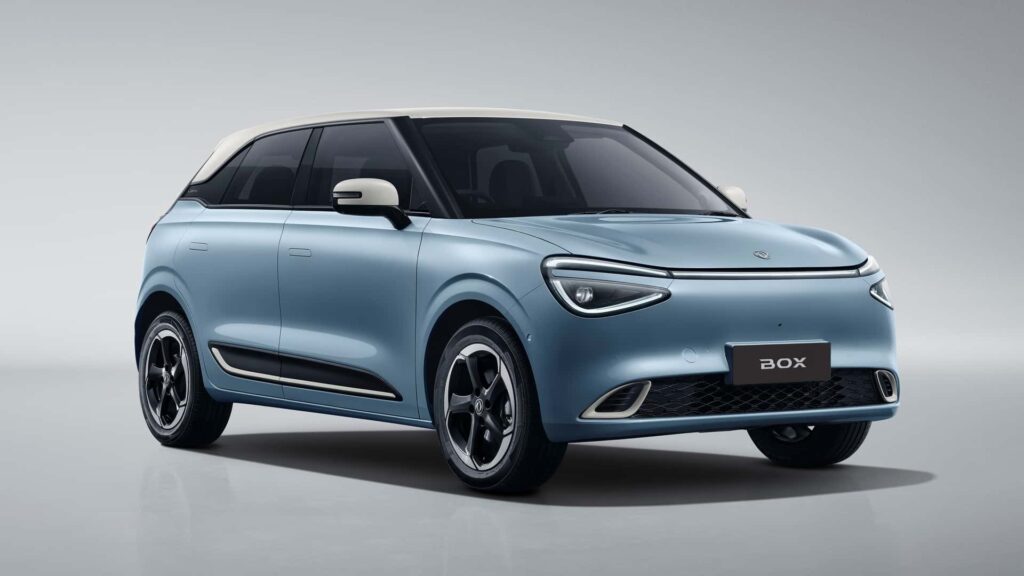School districts that have purchased some 2,000 Lion Electric school buses are in a wait-and-see mode regarding repairs and warranties following the company filing for and receiving protection from its creditors under the Canadian Companies’ Creditors Arrangement Act (CCAA).
Compounding the challenge in securing electric school buses are climate-related initiatives on the Trump administration radar.
In late January, the U.S. Office of Management and Budget listed the U.S. Environmental Protection Agency’s Clean School Bus Program—which has helped fund electric bus purchases—as one of the many federal spending programs the Trump administration attempted to freeze in January. Despite a federal judge blocking that move, the funds were slow to start flowing again at this report.
Meanwhile, Lion could be acquired through an auction of its assets by next month. A Lion representative said the company was not bankrupt or in liquidation, per “the recognition of the CCAA proceedings in the U.S. pursuant to Chapter 15 of the United States Bankruptcy Code.”
A School Transportation News report about Lion Electric’s financial status outlined the company’s many layoffs and an SEC filing announcing the resignation of company president Nicolas Brunet in November. At this report, all U.S. employees had been laid off, with only a handful of executives based in Canada still working.
In 2023, Lion Electric opened its Joliet, Illinois plant, a move celebrated with much fanfare and investment by elected officials and local business leaders. The 900,000-square-foot facility was hailed as the largest all-electric U.S. plant dedicated to medium and heavy-duty commercial vehicle production. The plant was expected to produce 20,000 school buses a year.
In all, Lion Electric has more than 2,200 electric commercial vehicles on the roads across North America, logging more than 62,000 miles a week and more than 32 million driven miles transporting 130,000 children, noted company spokesman Patrick Gervais.
Continued delays and challenges associated with the granting of subsidies to Lion’s clients related to the Canadian Zero-Emission Transit Fund program, Gervais added. “Given the capital-intensive nature of its business, the Lion Group has required significant investment and capital over the years to operate its business,” he explained. “Such investment and capital have come in the form of longterm debt.”
He said the timing of EPA Clean School Bus Program funding rounds was also a challenge.
Funded by the Bipartisan Infrastructure Law, the program had been designed to provide $5 billion from fiscal years 2022 to 2026 to replace existing school buses with zero-emission and clean school buses. To date, 1,039 awards have been issued to 1,344 school districts and nearly $2.785 billion of the total $5 billion has been awarded, replacing 8,936 buses. But as of this report, when and if 2024 rebates and subsequent funds are in doubt. The EPA did not respond to a request for comment on Lion, referring STN instead to the U.S. Department of Justice’s Office of Public Affairs, which also had not responded at this report.
Meanwhile, the phase-one bid deadline for the company and its assets was Feb. 5 with a phase-two bid deadline of March 7. Auctions as required take place during the week of March 10 with the selection of final bids on March 19. Approval application of successful bids takes place during the week of March 31. The earliest closing is April 7.
The application for sale and investment solicitation for the CCAA monitored by court-appointed Deloitte Touche states that Lion leases the Joliet plant as well as its Saint-Jerome, Quebec headquarters—which included manufacturing, R&D, and testing and experience centers—and Mirabel, Quebec battery manufacturing facility. Gervais said Lion continues to assist customers with the maintenance and servicing of their vehicles for school buses and trucks, including warranty, adding that customers can follow the same claims process for warranty repairs.
“We are conducting the necessary follow-ups and aim to provide the highest level of support possible in the circumstances to customers with their fleet,” he added. “Our service team remains in action to support customers.”
Gervais added Lion is also committed to providing clients with as much information as possible to assist them remotely in resolving their issues. “Complex repairs and technology-related breakdowns will be prioritized for on-site support during this period,” he said.
Lion Electric established experience/service centers: Three in California as well as one each in Colorado, Florida, Indiana, Massachusetts, Texas, Vermont and Washington. Only the Sacramento, California, location remained open at this report.
“It is important to emphasize that customer service is maintained for all customers, trucks and buses, regardless of the state or city they are located in,” Gervais said.
What’s Next for Lion and Its Customers?
Lion Electric sent an email to customers in December regarding its financial situation, stating that its management remained in control of the company during the CCAA process with the anticipation the customer’s existing “point person” at Lion would not change.
Despite the subsequent layoffs, Gervais said school transportation departments can work directly with parts suppliers as needed.
Yet many school districts find themselves with little to no customer support because their reps no longer work for the company. Or they have active purchase orders for new electric school buses that won’t be delivered.
Peoria Public Schools in Illinois was awarded a 2023 EPA Clean School Bus Program grant to purchase 15 electric buses and infrastructure. Joshua Collins, director of transportation and fleet services, said Peoria chose Lion because its electric vehicle manufacturing experience.
“At the time, they were building the plant in Joliet, so they were local and looked like they were the people to go with,” he added. “Fast forward a year later, and things didn’t go their way and didn’t work out.”
Collins noted he doesn’t know what’s left of the company. “It left us in limbo because we had made a purchase agreement with them,” he continued. “We’re navigating with our attorneys on what steps we should take and what we need to do. How do we separate ourselves from this? How do we end these service purchase agreements?
“We’ve moved on to another partner we are working with. We have to vacate our purchase agreement with Lion, which we’re still in the process of doing through our attorneys. We don’t want to get stuck with two purchase agreements.”
Collins said he was also concerned about a potential federal pause in funding “and we [hope we] are able to use those and move forward. It’s just been one thing after another, after another.”
Half of the 50-bus fleet operated by Herscher Community Unit School District 2 fleet in Illinois is comprised of Lion Electric buses, said Superintendent Dr. Richard Decman. He added that the school district selected Lion Electric because of manufacturing at now shuttered plant in nearby Joliet.
“Our district was given $9.875 million for the purchase of 25 electric buses and the related charging stations. Lion Electric worked directly with us to write the grant,
so that we did not have to worry about spending an inordinate amount of time on grant writing for something that may or may not happen,” he explained.
Decman said an additional benefit included projected long-term savings of operating electric buses compared to internal combustion engine buses. He said an analysis completed after one semester of use showed $125,000 to $150,000 in total savings per year.
Long-term health benefits to the school community are derived from less emissions from electric buses compared to diesel buses and the ability to get air-conditioned buses, he added.
“Weight is evenly distributed, the bus is quiet, and the bus is slightly larger, so the aisles and seats are more comfortable for the movement of passengers,” Decman added. “We wanted to get a head start on working out the kinks of implementing this type of technology as we believe it is likely a matter of time before more schools see the benefits.”
Decman indicated to Canadian media that while he’s been pleased with bus performance to date, it’s taking longer to secure replacement parts for minor maintenance issues, like replacing a stop arm motor, a door open/close motor, a heat sensor, and a strobe light fuse.
“Most if not all of our new contacts are no longer in the state,” said Decman. “Since we have our own mechanics, as long as we can get parts and have their experts show our guys what is needed, via Zoom is fine, location is not really an issue for most repairs.
“We just want to make sure we can get the parts in a timely fashion as well,” he continued. “Obviously, if a bus gets in an accident or needs major repairs, that will be a different story. Hopefully this all gets resolved one way or another.”
Decman added that his biggest concern is whether the warranties on the district’s buses will carry over if the company is sold.
Dr. Andrew Brooks, superintendent of schools for the Wethersfield District #230 in Kewanee, Illinois, said the purchase last fall of three Lion Electric buses was funded by EPA. Upon finding out the company was in financial trouble, he reached out to his service contact, who relayed that he had been laid off.
If Lion Electric cannot find a buyer, Brooks said the district will seek another supplier. “We are looking at Blue Bird, IC, and Thomas [Built Buses] models of EV buses,” he added.
Brooks said there is no delay in student transportation operations as Wethersfield awaits Lion Electric’s status “as they can still provide them on our timetable, if they power back up.”
Yarmouth School Department in Maine bought two Lion Electric buses in 2023 with federal grant money, said Superintendent Dr. Andrew Dolloff. The community’s Climate Action Committee along with students and school staff “placed a priority on awareness and action pertaining to climate change and use of renewable energy,” he said. “A quality EV bus program aligns with the town’s goal of being carbon neutral in the coming decade.”
Dolloff told Canadian media the Lion Electric buses often display messages indicating heating, electrical or battery problems, necessitating they be pulled out of service.
It has taken weeks to months to get someone from Lion Electric to visit the area and fix the issue, he said. “We have asked for the buses to be replaced, not likely or for compensation to be made so we can purchase others, also not likely, and have communicated with Maine’s Department of Education and the Governor’s Office, who have reached out to the EPA to see if there might be some relief provided through their grant programs,” Dolloff said.
Customers do have other options. “We are able to assist districts with maintenance on Lion EV buses. Maintenance on electric school buses is part of our offering to all districts, regardless, if you contract with First Student for home to school services or not,” noted
Danielle Becker, senior marketing manager for First Student, of the fee-based service. “We can provide maintenance for all vehicles including diesel/ gasoline yellow and white fleet. We are able to provide comprehensive preventative and corrective maintenance. Districts can contract directly with First Services or use the buying cooperative Sourcewell to contract with First Services for maintenance services.”
Much of the customer service Lion provided was via a proprietary remote diagnostics tool. Frank Naelitz, the director of electric vehicle maintenance for First Student, said any school bus customer should be wary about losing turnkey service when the provider ceases operation. Because the school bus contractor owns and operates 350 Lions—all of which operate in Quebec—Naelitz helped to create a technical assistance center and First Student’s own remote diagnostics tool, available at all 600 of its locations.
“That same infrastructure is able to provide some of that technical support to groups outside of First Student, if there is that need,” he explained. “That program does anything from finding service information to remoting into a diagnostics computer at the point of repair and helping them trouble shoot while connected to the vehicle, reviewing log files from various components. We could probably source parts at some point.”
Todd Hawkins, First Student’s senior vice president of maintenance, explained that all company technicians use tablets for work orders. “A tech can log in to the help desk and Frank can take over their iPad, take pictures of what they’re working on, draw on it, write in specs. He can walk them through a repair. We may end up dispensing these programs where we could talk to [techs] directly,” he added, noting the company won’t work on high-voltage issues without the customer first taking basic arc flash and other relevant training.
Editor’s Note: As reprinted in the March 2025 issue of School Transportation News.
Related: (STN Podcast E251) Making Safety Safer: Seatbelts, Technology, Training & Electric School Buses
Related: Next-gen Jouley: The Future of Electric School Buses
Related: Electric Vehicle Onboarding: The Keys to Success for Fleets
Related: Updated: Rising Insurance? Additional Balancing Act Needed Amid Electric School Bus Push
The post On the Block appeared first on School Transportation News.

